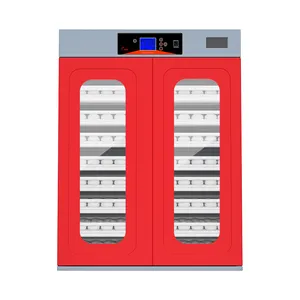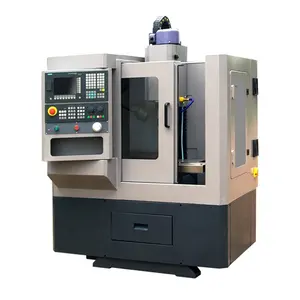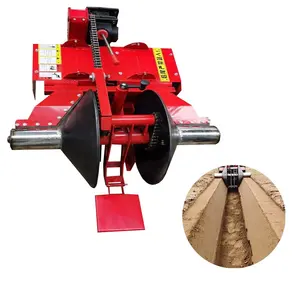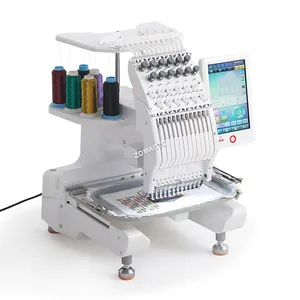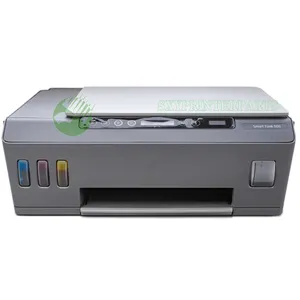Popular in your industry






































































Top categories
About chipboard manufacturing plant
Exploring Chipboard Plant Manufacturing
Facilities dedicated to chipboard plant manufacturing specialize in producing chipboard, an engineered wood product crafted from a blend of wood chips, resin, and additional materials. These factories are adept at converting raw inputs into chipboards, which are fundamental components in the creation of diverse furniture, cabinetry, and construction products. The manufacturing of chipboard encompasses a series of steps: raw material preparation, wood chip and resin mixture, mat formation, compression, and the final finishing touches.
Renowned for its adaptability and economic efficiency, chipboard is a viable alternative to traditional solid wood, offering a more cost-effective solution. Depending on the application, chipboards can be engineered to enhance strength and moisture resistance by incorporating various resins and manufacturing techniques, rendering them suitable for a broad spectrum of settings, from residential to commercial use.
Chipboard production is a sophisticated industrial endeavor, demanding advanced machinery and a deep comprehension of the materials at play. The resultant product boasts not only robustness but also a smooth, even surface, ideal for the application of veneers or laminates. For sectors such as furniture making, construction, and packaging that demand consistent, dependable materials, chipboards are an essential asset.
Varieties of Chipboard Plant Manufacturing
Chipboard plant production can be segmented by the specific type of chipboard produced, including standard particle board (PB), moisture-resistant board (MR board), and fire-rated board (FR board), each with its distinct applications based on project requirements.
-
Standard Particle Board (PB): Favoured in furniture manufacturing for its cost-effectiveness and flexibility, PB consists of wood particles bonded by resin under heat and pressure to create a dense, even board.
-
Moisture-Resistant Board (MR Board): Known for its resilience to moisture, MR board is commonly employed in damp environments like kitchens and bathrooms.
-
Fire-Rated Board (FR Board): FR board is infused with fire-retardant additives, making it indispensable for construction projects that must adhere to fire safety regulations.
Each type is designed for specific use cases, taking into account its properties and performance in various conditions.
Selecting Chipboard Plant Manufacturing
Selecting the appropriate chipboard plant manufacturing hinges on a thorough evaluation of several factors that resonate with your business objectives. The variety of chipboard you intend to produce will greatly influence your decision. For example, targeting the construction sector may lead you to choose standard or oriented strand board chipboard plants, depending on your product specifications. Conversely, if your focus is on furniture or automotive components, melamine chipboard plants might be preferable for their superior surface finish.
Production scale is another critical consideration. High-volume operations might necessitate larger facilities with extensive production lines, while smaller ventures could benefit from more compact or modular plants that offer spatial and expansion flexibility.
The degree of automation within your plant will also affect efficiency and quality. Highly automated plants can yield greater productivity and lower labor costs but might require a larger upfront investment. It's crucial to select a plant that satisfies your current production demands and accommodates future growth.
Chipboard Plant Manufacturing on Alibaba.com
Alibaba.com emerges as a leading online marketplace for those in search of dependable chipboard plant manufacturing solutions. It provides a vast selection of chipboard plants to suit the manufacturing needs of various industries. The platform's extensive reach ensures that businesses can locate a plant that meets their precise needs, unfettered by geographical limitations.
Alibaba.com's dedication to streamlining trade is reflected in its intuitive interface, which simplifies the search with filters for productivity levels, availability of machinery test reports, and core components. This enables buyers to make swift, informed choices while enjoying the assurance of services like Trade Assurance, which safeguards payments until delivery confirmation.
Recognizing the distinct demands of each enterprise in terms of capacity and functionality, Alibaba.com offers plants capable of producing from a thousand pieces a day to those delivering industrial-grade output. Alibaba.com's commitment to supporting businesses at every growth stage ensures that the search for a plant extends beyond a mere transaction to a partnership that fosters business advancement with confidence and convenience.
Frequently Asked Questions on Chipboard Plant Manufacturing
What constitutes chipboard, and how does it differ from MDF and plywood?
Chipboard is primarily composed of wood chips, sawdust, and recycled materials, setting it apart from MDF and plywood by its non-uniform chip size and typically less dense, more brittle nature.
Is it possible to paint or stain chipboard?
Certainly, chipboard can be treated with paint or stain. The finish quality will be contingent on the chipboard variant and the surface preparation.
What are chipboard's typical uses?
Chipboard is frequently utilized in the production of furniture, cabinetry, door cores, and as a substrate for decorative veneers within the construction and furniture sectors.
Does chipboard qualify as eco-friendly?
Chipboard is often regarded as eco-friendly due to its recycled material composition and the potential for sourcing from sustainably managed woodlands.
How does chipboard density impact its application?
The density of chipboard influences its strength, endurance, and appropriateness for various uses. Denser boards are typically more durable and capable of supporting greater loads.
What considerations are important when selecting a core material for chipboard?
When choosing a core material, consider the intended application—lower density cores like poplar are apt for furniture, while denser options may be preferable for structural elements or high-durability areas.
What advantages does thin chipboard offer in furniture manufacturing?
Thin chipboard is notable for its light weight, which facilitates ease of handling during furniture assembly, without sacrificing quality or functionality.
How does chipboard size influence its use?
Chipboard sheet size should be selected based on the specific dimensions required for your project. Suppliers typically offer standard sizes, which can be custom-trimmed as necessary.
What after-sales services are crucial when acquiring a chipboard plant?
Seek suppliers that provide after-sales support such as online assistance, video technical support, or engineers for overseas machinery servicing to ensure ongoing operation and minimal downtime.
Are customized chipboard plant options available?
Indeed, numerous suppliers offer customizable chipboard plant solutions tailored to meet specific production demands and criteria.
What machinery is integral to chipboard manufacturing?
Essential machinery for chipboard manufacturing includes CNC routers, hydraulic presses, hot and cold presses, band saws, sanders, and edge banding machines.
How can I ascertain the quality of chipboard plant machinery I purchase?
Opt for suppliers that issue machinery test reports and are known for high-quality equipment. If possible, visiting the supplier's production facility may also be advantageous.
